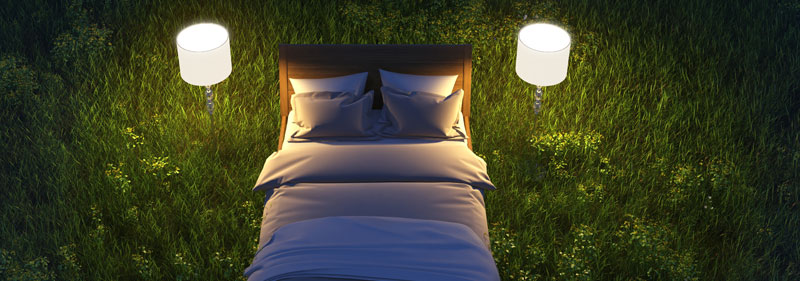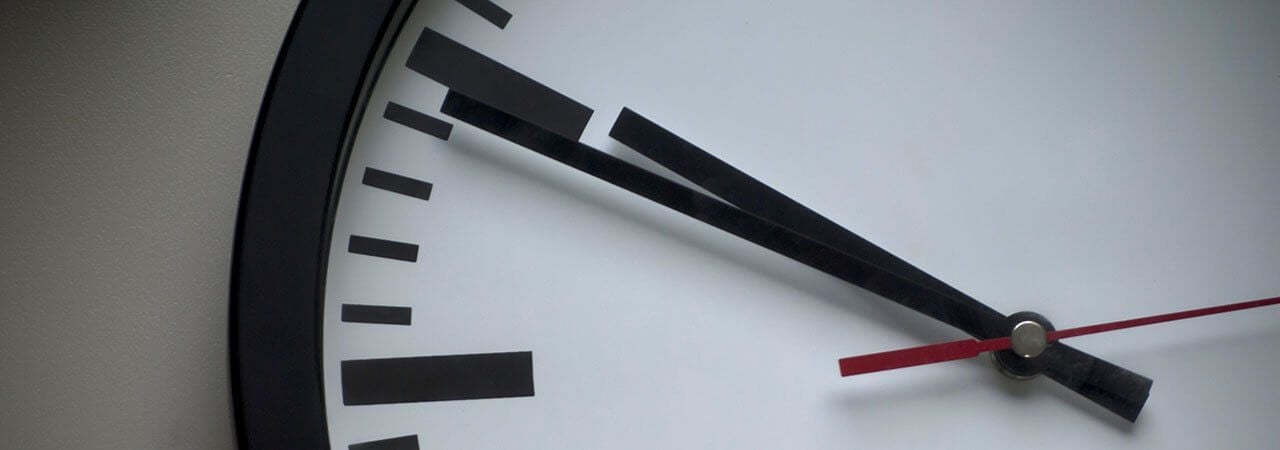Spring daylight saving time is finally here, which means we’re due for longer days and an extra boost of sunshine. You might be wondering, do we gain an hour of sleep in March? In case you’ve forgotten, the answer is no. When it comes to daylight saving, spring forward actually means that we lose an hour of sleep.
There are some negative health effects of daylight saving that can affect our bodies, even if we eventually adjust to the new times. According to a survey by the American Academy of Sleep Medicine, 55% of Americans report feeling tired after spring daylight time begins. Cutting back one hour of sleep can impact cognition, mood, and appetite. The spring-forward transition is also linked to an increased risk of accidents and heart attacks the following Monday after the change.
Let’s break down the basics of springtime daylight saving and unpack ways to curb the grogginess you might feel the first few days that it’s in play.
What You Need to Know About Spring-ing Forward
Why do we spring forward? In the United States, daylight saving started in 1918 as a wartime conservation effort to make the most use of natural daylight. In spring, we turn clocks ahead one hour so that the sun rises later in the morning and sets later in the evening. So when do we spring forward? Spring daylight saving time always begins the second Sunday in March. In 2021, the official reset time will be at 2:00 A.M. on March 14. Navigating the change will be a grind, but there are ways to make it smoother — read ahead for tips.
Tip 1: Adjust Your Sleep Schedule, Then Stick to it
Ease your way into the spring transition by sleeping 15 to 30 minutes earlier the days leading up to daylight saving. This way, your body gets extra time so that you won’t have to struggle your way through the week after the change. Consistency is key as your body adjusts to losing that hour. After daylight saving, aim to fall asleep and wake up at the same time every day — yes, that includes the weekends! Stick to a sleep routine but also an exercise and eating routine as well.
Tip 2: Give Yourself Some Sunshine
As soon as you wake up, expose yourself to sunlight each morning to feel more alert. Light helps reset your circadian rhythm, aka your internal clock, now that the time is off by one hour. Conversely, dim the lights about an hour before you sleep each night. Also, avoid exposing yourself to too much blue light from your electronic devices at bedtime. Blue light suppresses melatonin, which regulates your sleep-wake cycle.
Tip 3: Make Sure Your Sleep Environment Is Comfortable
Invest in sleepwear and bedding that allows you to get quality shut-eye. Upgrade to SHEEX® Original Performance Bedding and sleepwear. SHEEX fabrics use SLEEP•FIT® Technology, which joins moisture-wicking capability with breathability to transfer heat 10x better than traditional cotton. In addition to helping you maintain your ideal body temperature, they're also ridiculously soft!
Original Performance Sheet Set

$174.30
$249.00
Put an end to over-heating and other sleep-disrupting temperature fluctuations and start getting the great night’s sleep your body needs to perform at its peak.Our luxurious, ridiculously soft sheet sets breathe 10x better than traditional cotton sheets,… read more
Your sleep environment includes everything in your bedroom from the fabric on your bed, to what you’re sleeping in, to the paint color on your walls. Check out our related blog post on painting your bedroom for a more peaceful state of mind for a sound night's slumber.
As you’re adjusting to daylight saving time, keep your body cool and comfortable with SHEEX for a good night’s sleep.
























